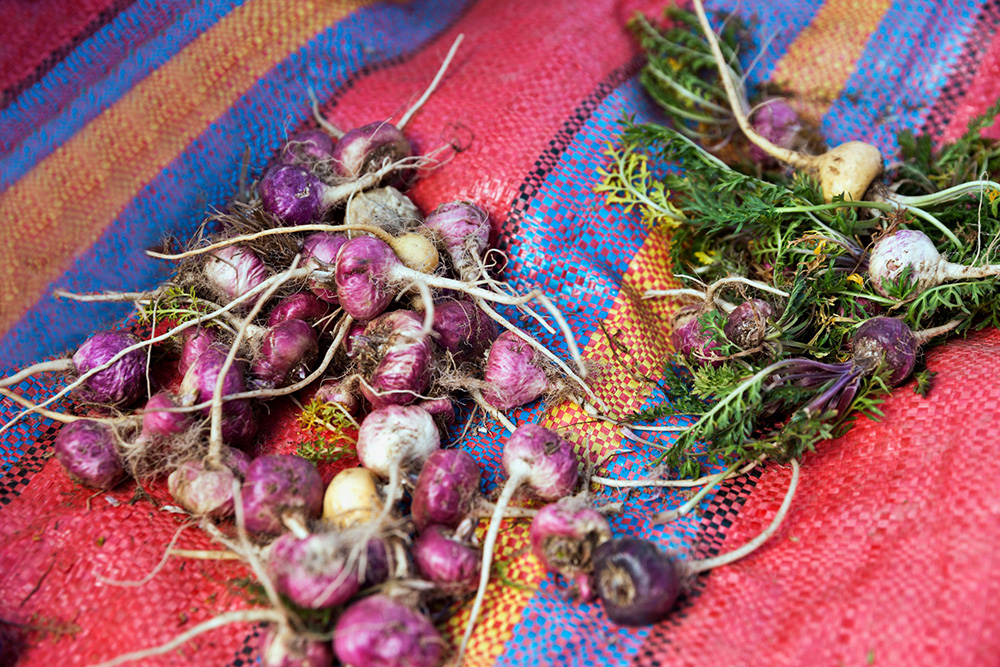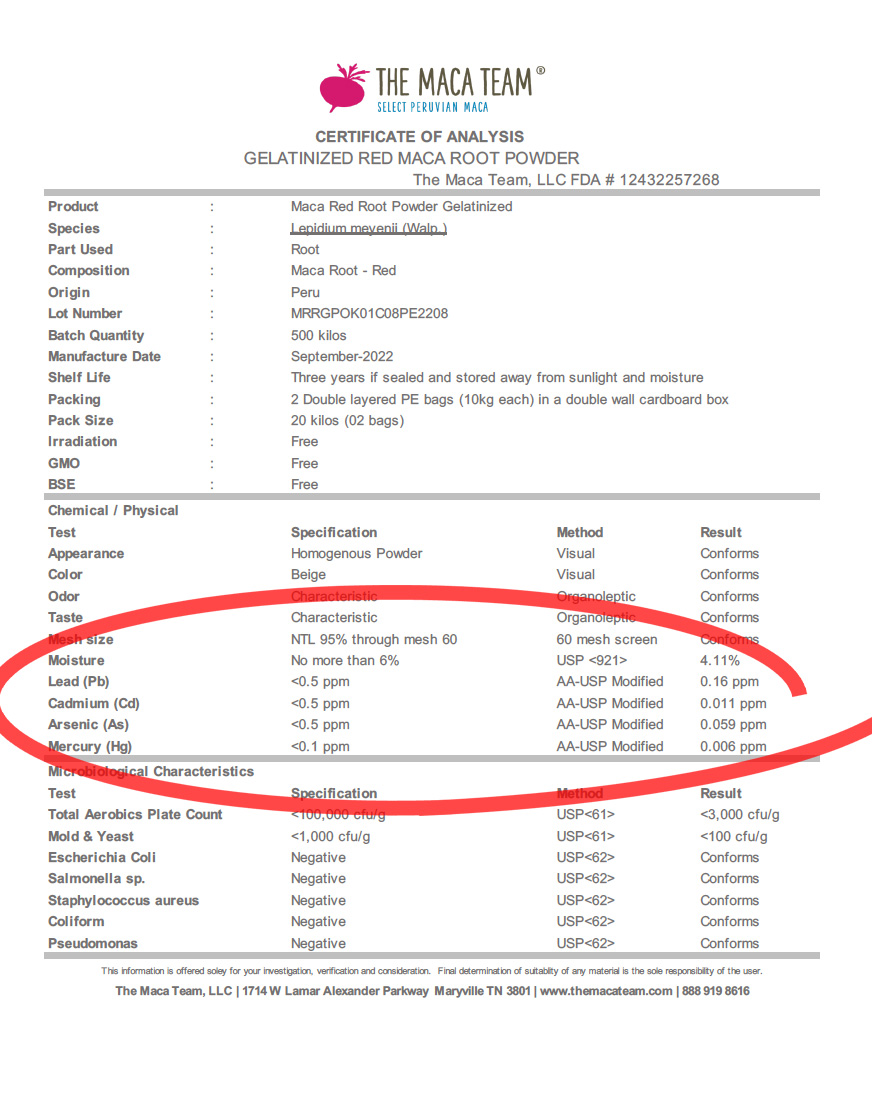Does Maca Root Contain Heavy Metals
Introduction
Maca root is a superfood that has been cultivated as both an everyday food and a natural medicine in the high mountains of Peru and Bolivia for 1000s of years. Over the past few decades it has become increasingly popular outside of that region. This is due to its remarkable nutrient profile and unique properties that can lead to a variety of health benefits.
As maca products have gained more attention, some concerns have been raised about the presence of heavy metals in maca products, which could potentially pose health risks to consumers. In this article, we delve into the research and evidence surrounding maca root's heavy metal content and help you determine how to ensure safety when taking maca.
Where Maca Comes From
High quality maca root is still grown in its native soil in the mountains of Peru, particularly around Junin lake. While attempts have been made to grow the vegetable in China, the U.S. and Germany, those have been largely unsuccessful, either producing deformed roots or no roots at all. What that means is that nearly all quality maca root on the market is grown either in Peru or Bolivia.
If you’ve never seen the fields where maca are grown it’s important to understand that maca grows best in high mountain soils that are dry and rocky and soils that have not been worked for many years. These soils naturally contain trace elements including some heavy metals.

What Are Heavy Metals and Why Are They Dangerous?
Heavy metals like lead, cadmium, mercury, and arsenic are naturally occurring elements found in the Earth's crust. Their presence in the environment can lead to contamination of food crops, including maca root and other plants grown in them. Most people are exposed to heavy metals on a daily basis, but at very minimal amounts and with no negative effects. High levels of heavy metals, on the other hand, can have detrimental effects on human health, ranging from mild symptoms to severe toxicity.
Which Heavy Metals Are Found In Maca Root?
Several studies have investigated the presence of heavy metals in maca root. Results have been mixed, with some studies showing minimal or negligible levels of heavy metals, while others have found trace amounts exceeding recommended limits.
These studies have shown maca root to contain lead (Pb), cadmium (Cd), arsenic (As) and mercury (Hg) and as a result of them many manufacturers test their soils and their maca roots specifically for these elements.
The Influence of Growing Conditions
The concentration of heavy metals in maca root can be influenced by various factors, including the geographical region where it is cultivated, the type of soil, and agricultural practices. Organic and sustainably sourced maca is generally less likely to contain high levels of heavy metals because it tends to be grown on land with lower levels of metals.
Regulatory Measures
To address the issue of heavy metal contamination, regulatory bodies in different countries have set maximum allowable limits for heavy metals in herbal supplements, including maca root products.
The most stringent limits for these metals are:
- Lead < O.5 PPM (parts per million)
- Cadmium < O.5 PPM
- Arsenic < O.5 PPM
- Mercury < O.1 PPM
How to Choose Safe Maca Root Products
- Buy from reputable brands: choose trusted companies that follow rigorous testing and quality control measures to ensure their products meet safety standards.
- Buy only Peruvian grown maca: Peru’s safety regulations are stringent and maca products from Peru are also the most potent and effective.
- Read reviews: Online reviews from other consumers can provide insights into a brand's reputation and product quality.
- Opt for certified organic and sustainably sourced maca: These products are more likely to have lower heavy metal content due to careful cultivation practices.
What To Expect From The Maca Team Products
At The Maca Team all of our products are tested using these limits and must come in well below them. Each maca product is strictly tested several times by independent labs for the levels of heavy metals and we only accept products that come in much, much below the standards. As an example, the standard for Mercury is less than .1 ppm (parts per million). One recent batch of red maca was tested at a level of .006 ppm – which is over 100 times lower. With maca that is organically and carefully grown in Peru, like ours is, there is nothing to worry about in terms of consuming tiny, tiny amounts these metals. That said, if you have any specific questions on your health in relationship to maca, we are not doctors and recommend that you consult your physician.
Please also know that each of our products comes with a COA (certificate of analysis) that shows the levels at which these metals and other potential toxins such as molds and yeasts are found. We are happy to provide current COAs on request.

Conclusion
While maca root offers promising health benefits, the concern regarding heavy metal contamination should not be ignored. It’s best to be cautious and informed when choosing maca products. To ensure safety, opt for reputable brands, check for Peruvian grown, and favor organic and sustainably sourced options. With proper diligence, maca root can be a valuable addition to a healthy diet, contributing to overall well-being without compromising health.
Enjoy the day!![]()

